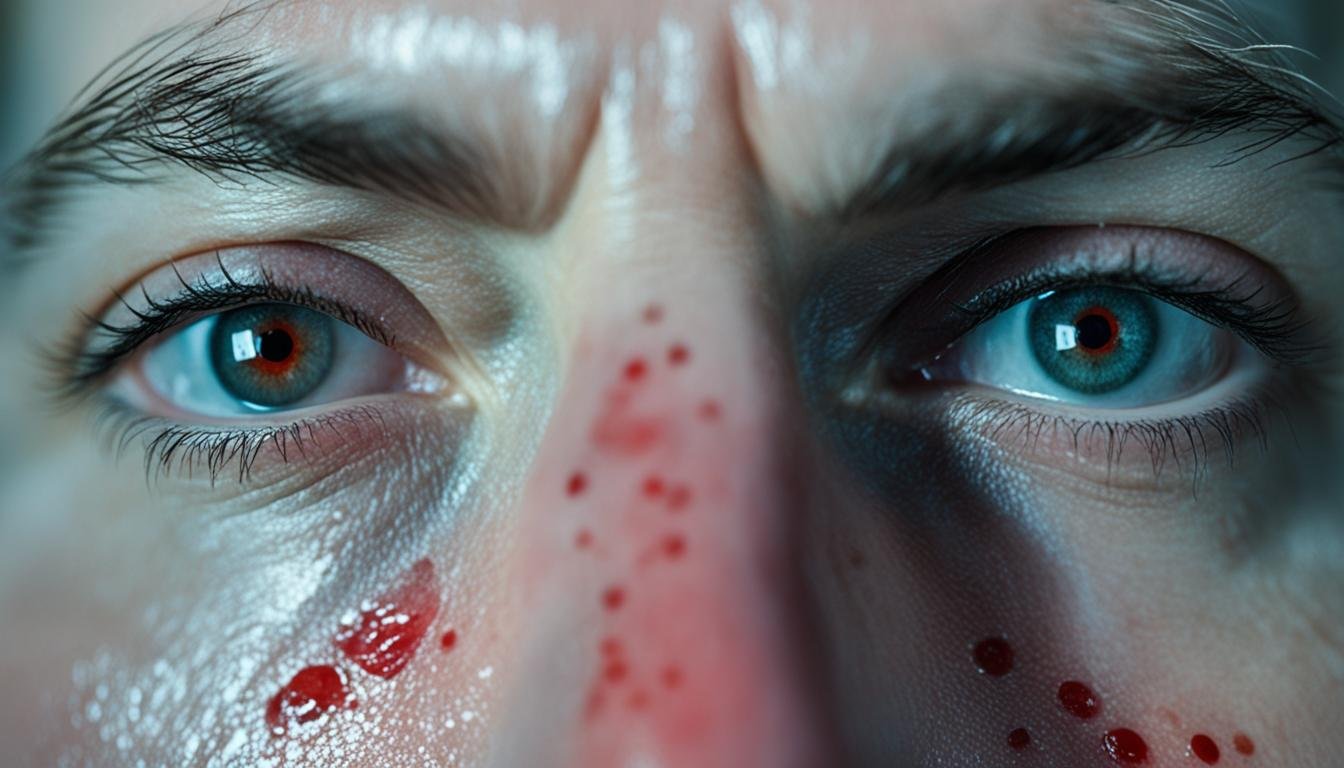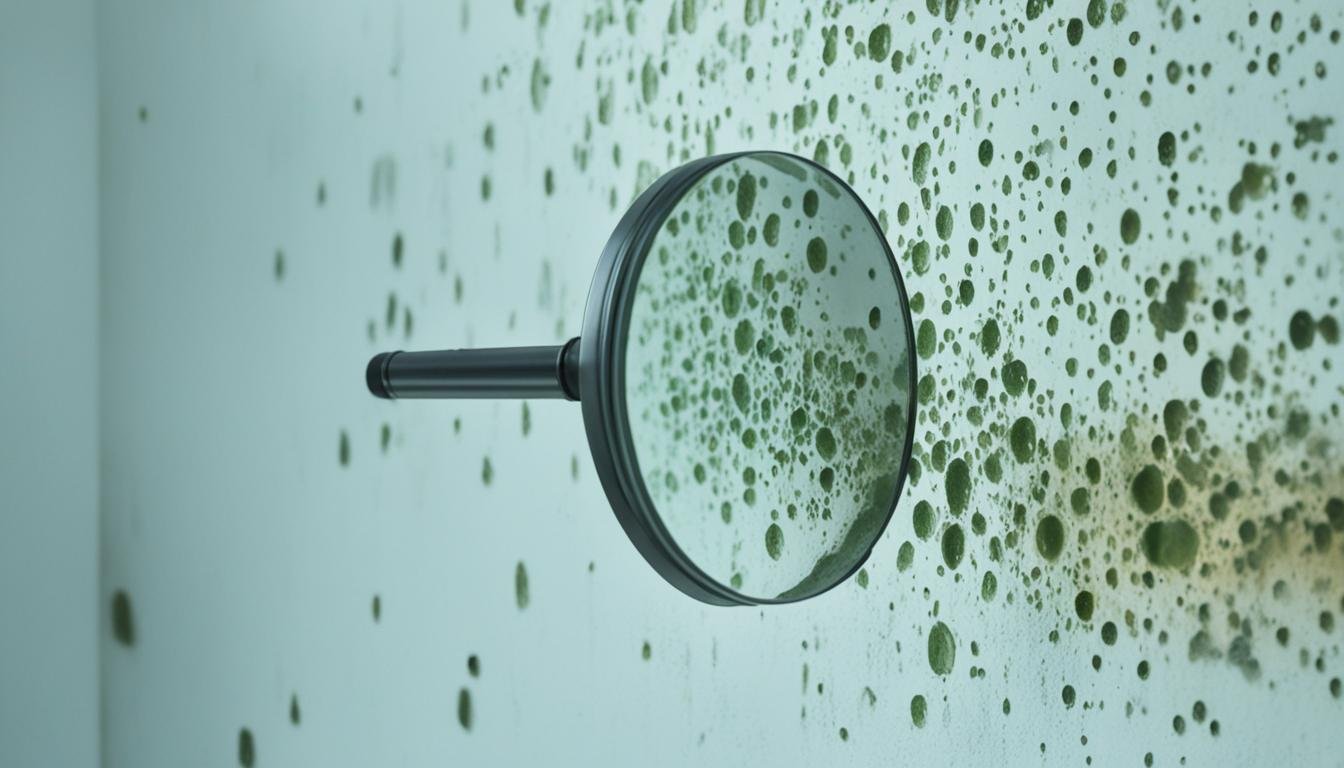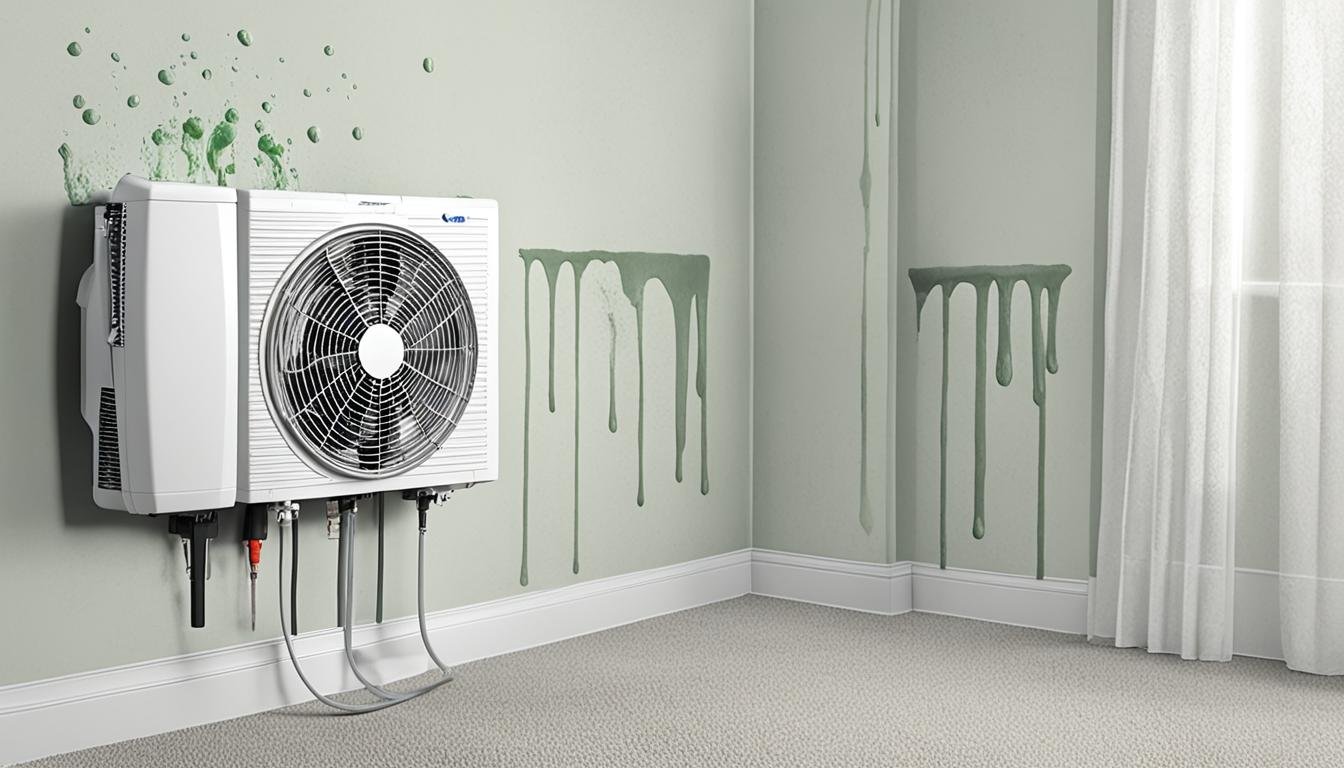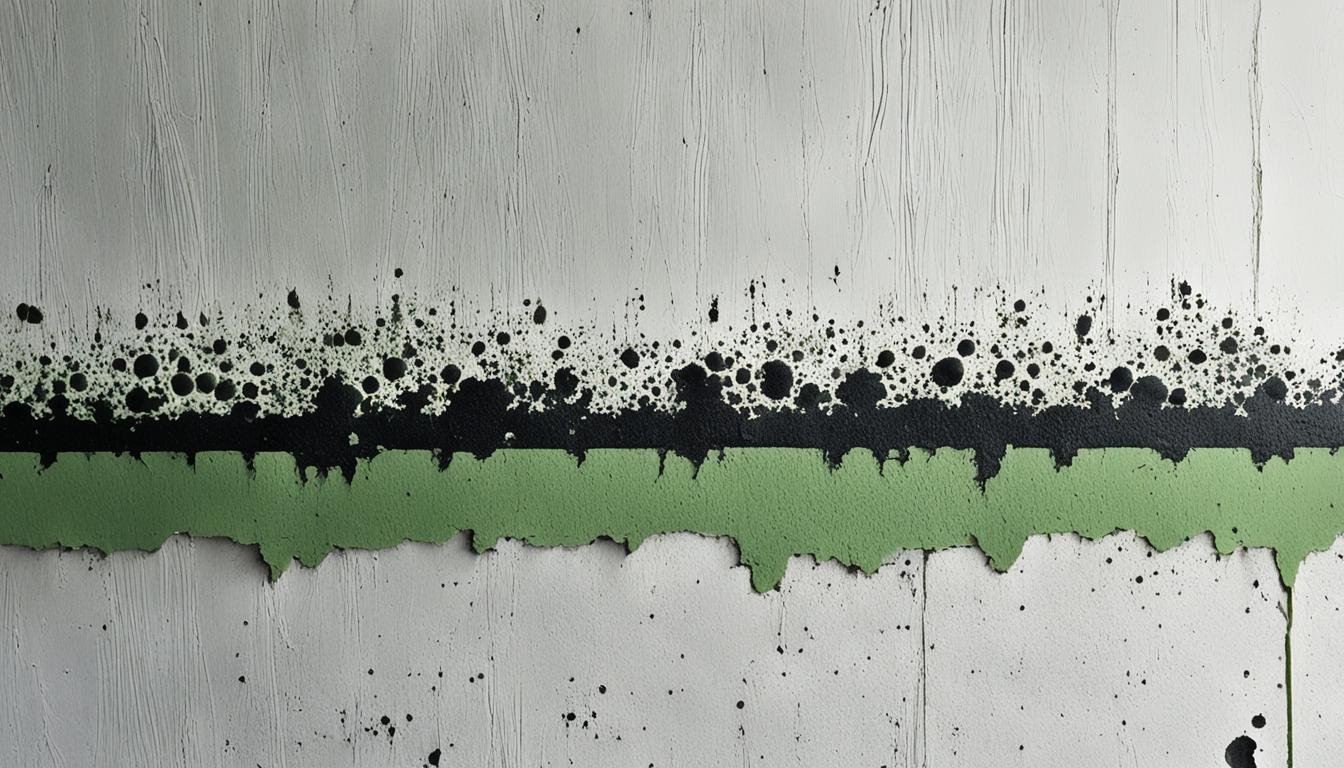Top Warning Signs of Mold Toxicity
Do you know that mold health issues affect millions of Americans each year? This unseen threat might be in your home, work, or school. While some molds are safe, others make powerful toxins that harm our health. Being exposed to these toxic molds can cause severe health problems. These issues can start from a simple cough to serious lung infections. It’s key to know the main signs of mold toxicity. Common symptoms include allergies, breathing, and sinus problems. Also, people might feel tired, forgetful, and experience muscle pain. They can even have digestive issues and react differently to light. Anyone noticing these signs should take them seriously. Mold toxicity is often missed or wrongly diagnosed because these signs can mean many things. Key Takeaways Mold exposure can trigger a wide range of health problems, from allergies to neurological issues. Symptoms of mold toxicity often mimic other conditions, making it difficult to diagnose. Persistent or unexplained symptoms may be a sign of toxic mold exposure. Seeking evaluation from a mold-literate healthcare provider is crucial for proper diagnosis and treatment. Proactive steps like mold testing and remediation can help prevent the harmful effects of toxic mold. Common Symptoms of Toxic Mold Exposure Toxic mold can bring many troubling symptoms, affecting your health and well-being. You might notice mold exposure symptoms like brain fog, dizziness, or ear infections. Symptoms also include headaches, itchy eyes, and joint pain. A persistent cough or skin rashes could be signs too. Keep an eye out for these. Respiratory Issues If you find breathing hard or having a cough in certain places toxic mold illness might be the cause. Continued exposure to black mold health effects could lead to conditions like CIRS or biotoxin illness. Cognitive Impairment Exposure doesn’t just affect you physically; it can hurt your mind too. You may experience memory issues, struggle to focus, or feel mentally foggy. Such issues are often tied to sick building syndrome and can lower your daily productivity. Noticing symptoms or water damage‘s signs? It’s crucial to act fast. Connect with a professional service like San Bernardino Water Damage Restoration. They can check and fix the mold situation in your home or office. “Mold inhalation causes innate immune activation, neural, cognitive, and emotional dysfunction.” – Harding et al., 2020 Top Warning Signs of Mold Toxicity Finding the first signs of mold toxicity is vital for acting fast and seeking the right medical help. Mold can lead to a range of health issues. This includes breathing problems and trouble thinking. It can significantly affect how we feel and our health. Breathing issues are a big warning sign of mold toxicity. People might cough a lot, have a wheeze, or find it hard to breathe. These problems get worse when mold is disturbed, like during cleaning. Issues with memory and thinking can also point to mold toxicity. This might show up as forgetfulness, a hard time focusing, or feeling mentally cloudy. These issues can really affect how well we do our daily activities or work. Mold toxicity might not just stop at breathing and thinking problems. Some folks might be very tired, have sore muscles or joints, or get headaches. Others might have stomach problems like nausea or diarrhea. Skin rashes, sinus infections, and vomiting can also happen. Remember, not everyone shows the same symptoms from mold. How mold affects you could depend on your genes and how much mold you’ve been around. If you think mold might be making you sick, it’s wise to see a doctor who knows about mold-related health issues. For finding and dealing with toxic mold, it’s best to get help from a certified expert. Whether it’s a mold inspector or a mold removal service like those found at San Bernardino Water Damage Restoration or Water Damage Pros. They can check your home for mold, tell you how bad it is, and help you take the right steps to fix it. Staying alert to the early signs of mold and acting quickly is key. By doing this, we help protect our health and improve our life quality. “Mold can grow in hidden places like behind walls or attic insulation, and it prefers dark and humid environments.” Symptom Percentage of Affected Individuals Respiratory Issues Up to 80% Cognitive Impairment 60-75% Fatigue 70-90% Muscle/Joint Pain 60-80% Headaches 75-90% Many people show these symptoms, highlighting how crucial it is to spot mold toxicity early. Getting help right away can prevent serious health issues. It lets you take back control of your well-being. Mold Exposure vs. Mold Colonization Mold exposure and mold colonization are different, but related, challenges. Exposure means you’ve encountered mold spores in your space. This could happen through breathing them in, touching them, or even by eating them. These spores might make you sick as your body reacts to them. They produce toxins that can cause a variety of health problems. On the other hand, mold colonization is when mold starts growing inside you. It can live and multiply, especially in your lungs but sometimes in other parts of your body. This is a very serious health issue. It’s worse than just the toxins making you sick – the mold is actually living in you. This can happen if your immune system is not strong enough to fight it off. If you’re around mold and you’re constantly feeling unwell, don’t ignore it. Seeing a doctor is very important to stop mold from colonizing your body. If not treated, it can lead to very severe health conditions, including autoimmune diseases. Recognizing the difference between exposure and colonization is crucial. Addressing this problem early can help you avoid serious health complications. By seeking prompt medical care and removing mold, you can detox your body. This will help you get better and avoid major health issues. Don’t take the risk with toxic mold. Stay on top of your home’s mold problem and make a plan for recovery. Your health is too important to gamble with. FAQ What are the top …

